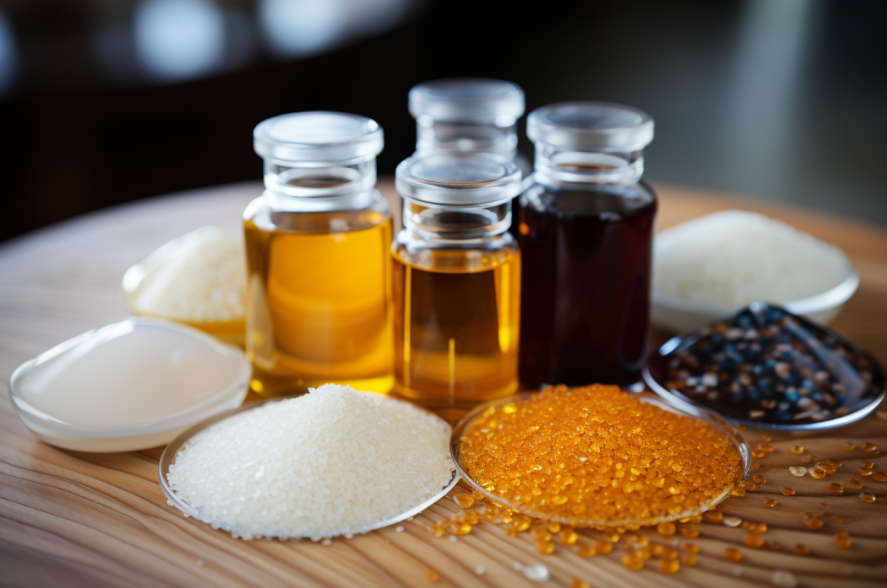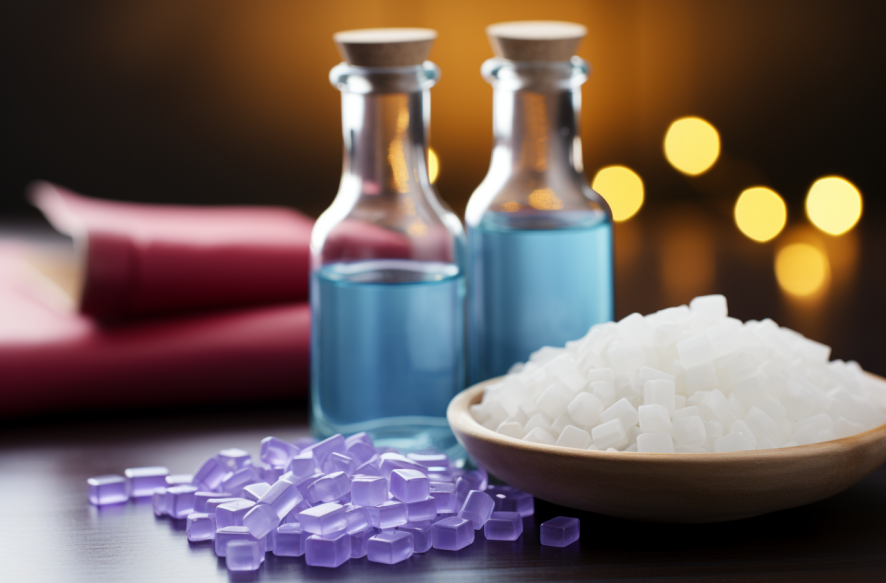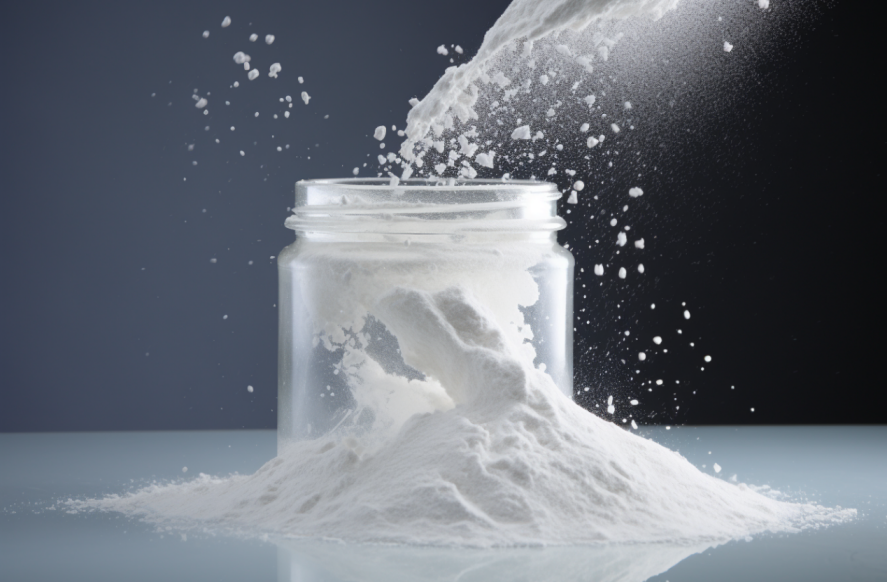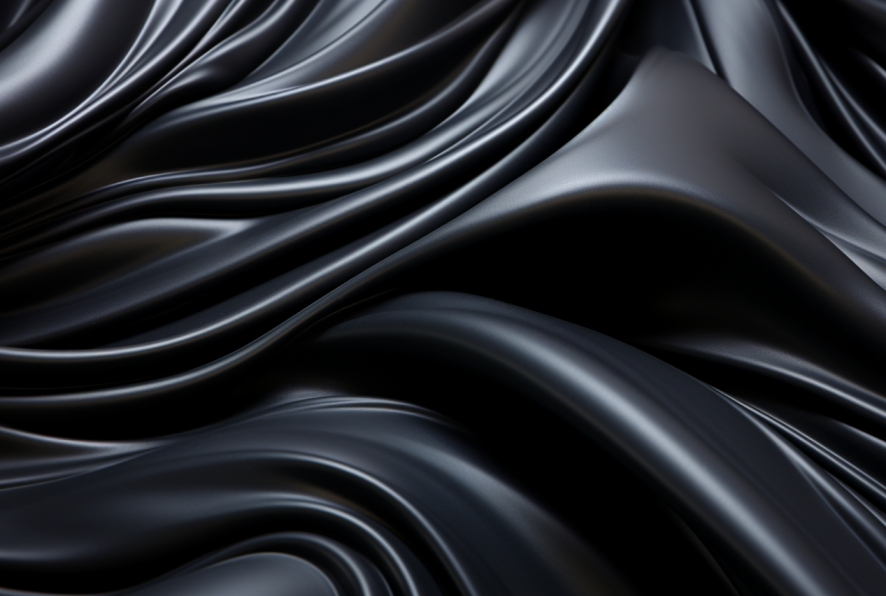Ensuring a Sustainable Tomorrow: Ethylene Propylene Diene Terpolymer Rubber
22/02/2024
Ethylene Propylene Diene Terpolymer (EPDM) rubber continues to play a vital role across a diverse range of industries due to its exceptional properties and versatile applications. As manufacturers like CHEMBROAD strive to improve performance, sustainability, and regulatory compliance, EPDM is poised to remain a cornerstone material in various sectors while addressing emerging challenges and opportunities in the global marketplace.
I. Introduction
A. Definition and Overview
Ethylene Propylene Diene Terpolymer (EPDM) rubber is a synthetic elastomer known for its outstanding properties and versatile applications. It belongs to the family of synthetic rubbers and is widely used due to its excellent weather resistance, heat resistance, and electrical insulation properties.
B. Historical Development
EPDM rubber was first developed in the 1960s by researchers seeking to improve upon existing elastomers. Over the decades, advancements in polymer science and technology have further refined its properties and expanded its applications across various industries.
C. Importance and Applications
EPDM rubber is crucial in a wide range of industries including automotive, construction, electrical, and aerospace. Its resilience to environmental factors like UV radiation, ozone, and temperature extremes makes it ideal for outdoor applications such as seals, gaskets, roofing membranes, and automotive weatherstripping.
II. Chemical Composition and Structure
A. Ethylene, Propylene, and Diene Components
EPDM rubber is composed primarily of ethylene, propylene, and a small amount of diene monomers. These monomers are polymerized together to form a terpolymer structure, where the diene component provides sites for cross-linking during vulcanization.
B. Polymerization Process
The polymerization of EPDM typically occurs through solution, suspension, or gas-phase processes. These methods allow for precise control over the composition and molecular weight distribution of the polymer, influencing its final properties.
C. Molecular Structure
EPDM’s unique molecular structure consists of a backbone of saturated carbon-carbon bonds, providing excellent stability and resistance to degradation. The presence of unsaturated side chains derived from the diene monomers enables cross-linking, enhancing the material’s mechanical strength and elasticity.
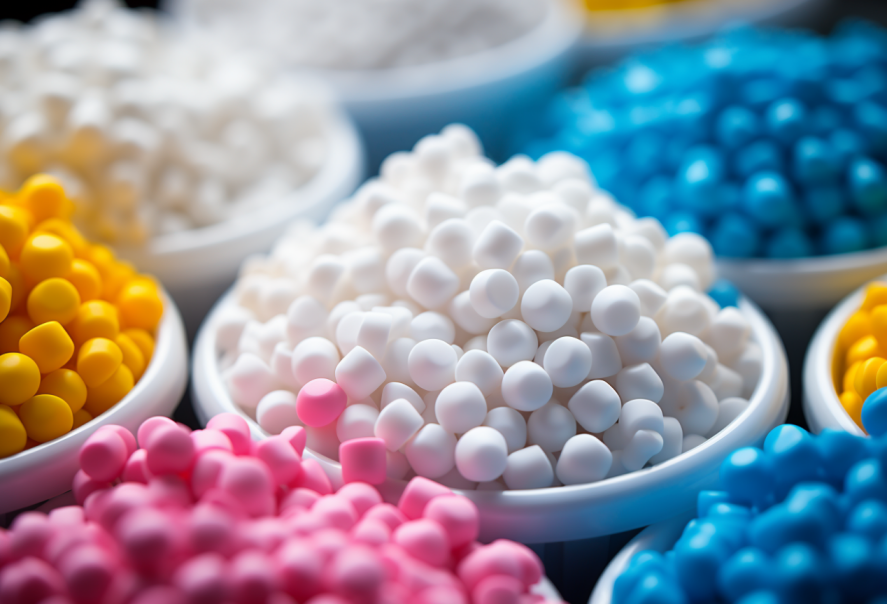
III. Properties of EPDM Rubber
A. Mechanical Properties
1. Tensile Strength: EPDM rubber exhibits high tensile strength, allowing it to withstand stretching and deformation without permanent damage.
2. Elongation at Break: It demonstrates significant elongation at break, enabling it to accommodate movement and expansion without failure.
3. Tear Resistance: EPDM possesses excellent tear resistance, making it durable and long-lasting in demanding applications.
B. Thermal Properties
1. Heat Resistance: EPDM rubber maintains its integrity and flexibility over a wide range of temperatures, from -50°C to 150°C, making it suitable for both cold and hot environments.
2. Low-Temperature Flexibility: Even at low temperatures, EPDM remains flexible and resilient, ensuring reliable performance in freezing conditions.
C. Chemical Resistance
1. Resistance to Ozone and UV Radiation: EPDM exhibits exceptional resistance to ozone and UV radiation, making it suitable for outdoor exposure without degradation.
2. Resistance to Acids, Bases, and Solvents: It resists degradation when exposed to a wide range of chemicals, including acids, bases, and solvents, making it valuable in corrosive environments.
D. Electrical Insulation Properties
EPDM rubber is an excellent electrical insulator, providing insulation against electrical currents and preventing leakage or short circuits in electrical systems.
IV. Manufacturing Process
A. Polymerization Techniques
EPDM rubber is manufactured through various polymerization techniques, including solution, suspension, and gas-phase processes. Each method offers advantages in terms of scalability, efficiency, and control over polymer structure.
B. Vulcanization Process
After polymerization, EPDM rubber undergoes vulcanization, a process that involves cross-linking the polymer chains using sulfur or peroxide-based curing agents. Vulcanization enhances the material’s mechanical properties, durability, and resistance to heat and chemicals.
C. Compounding and Formulation
EPDM rubber compounds may include additives such as fillers, plasticizers, antioxidants, and UV stabilizers to further enhance specific properties or meet application requirements. Compounding and formulation play a crucial role in tailoring EPDM rubber for diverse applications.
V. Applications of EPDM Rubber
A. Automotive Industry
1. Seals and Gaskets: EPDM rubber’s excellent sealing properties make it a preferred choice for automotive seals and gaskets, ensuring leak-proof connections and preventing the ingress of water, dust, and contaminants.
2. Hoses and Tubing: EPDM’s resistance to heat, chemicals, and weathering makes it ideal for use in automotive hoses and tubing, where it can withstand the rigors of engine fluids, fuel, and environmental exposure.
3. Weatherstripping: EPDM weatherstripping is commonly used in automotive applications to provide a tight seal between movable parts, such as doors and windows, contributing to improved cabin comfort and reduced noise levels.
B. Construction Sector
1. Roofing Membranes: EPDM roofing membranes offer superior weather resistance and durability, making them a popular choice for flat and low-slope roofs. Their flexibility allows for easy installation and accommodates structural movement without compromising integrity.
2. Waterproofing Systems: EPDM’s impermeability to water makes it an excellent choice for waterproofing applications in construction, such as foundations, basements, and below-grade structures, providing long-lasting protection against moisture ingress.
3. Expansion Joints: EPDM expansion joints are used to accommodate movement in building structures caused by temperature fluctuations and settling. Their flexibility and resilience ensure effective sealing while allowing for structural movement without damage.
C. Electrical Industry
1. Insulation: EPDM rubber’s high dielectric strength and excellent electrical insulation properties make it a preferred material for insulation in electrical cables, wires, and components, ensuring the safe and reliable operation of electrical systems.
2. Cable Sheathing: EPDM is commonly used as a sheathing material for electrical cables due to its resistance to heat, moisture, and environmental degradation, providing protection against electrical faults and extending cable lifespan.
D. Other Industries
1. Marine: EPDM rubber’s resistance to water, weathering, and UV radiation makes it suitable for marine applications, including boat seals, gaskets, and dock fenders, where it provides durable performance in harsh marine environments.
2. HVAC: EPDM is utilized in heating, ventilation, and air conditioning (HVAC) systems for gaskets, seals, and insulation due to its resistance to temperature extremes, chemicals, and ozone, ensuring efficient and reliable HVAC operation.
VI. Environmental Impact and Sustainability
A. Recyclability: EPDM rubber can be recycled and reused in various applications, reducing waste and conserving resources.
B. Environmental Footprint: EPDM production processes, such as polymerization and vulcanization, may have environmental impacts, but efforts to improve efficiency and reduce emissions are ongoing.
C. Regulatory Compliance: EPDM manufacturers like CHEMBROAD adhere to environmental regulations and standards to minimize their environmental footprint and ensure sustainable production practices.
VII. Advancements and Future Trends
A. Nanocomposites and Reinforcements: Researchers are exploring the use of nanocomposites and reinforcements to enhance EPDM’s mechanical properties, durability, and performance in demanding applications.
B. Enhanced Performance Characteristics: Ongoing research aims to improve EPDM’s heat resistance, chemical resistance, and weathering properties to expand its applications and meet evolving industry needs.
C. Sustainability Initiatives: EPDM manufacturers are investing in sustainability initiatives, such as resource-efficient production processes, recycling programs, and renewable energy adoption, to reduce environmental impact and promote sustainability.
VIII. Challenges and Limitations
A. Processing Challenges: EPDM’s high viscosity and processing requirements may pose challenges during manufacturing and compounding processes, requiring specialized equipment and expertise.
B. Performance Limitations: While EPDM offers excellent overall performance, certain applications may require specific properties that EPDM alone may not fully meet, necessitating the use of alternative materials or formulations.
C. Environmental Concerns: Despite efforts to mitigate environmental impacts, EPDM production and disposal may still raise concerns related to energy consumption, emissions, and waste management, highlighting the need for ongoing environmental stewardship and innovation.
Conclusion
Ethylene Propylene Diene Terpolymer (EPDM) rubber stands as a testament to the advancements in polymer science and technology. Its unique combination of properties makes it indispensable across a multitude of industries, from automotive to construction to electrical engineering. As manufacturers like CHEMBROAD continue to innovate and refine EPDM formulations, their importance and versatility are expected to grow even further in the years to come.

